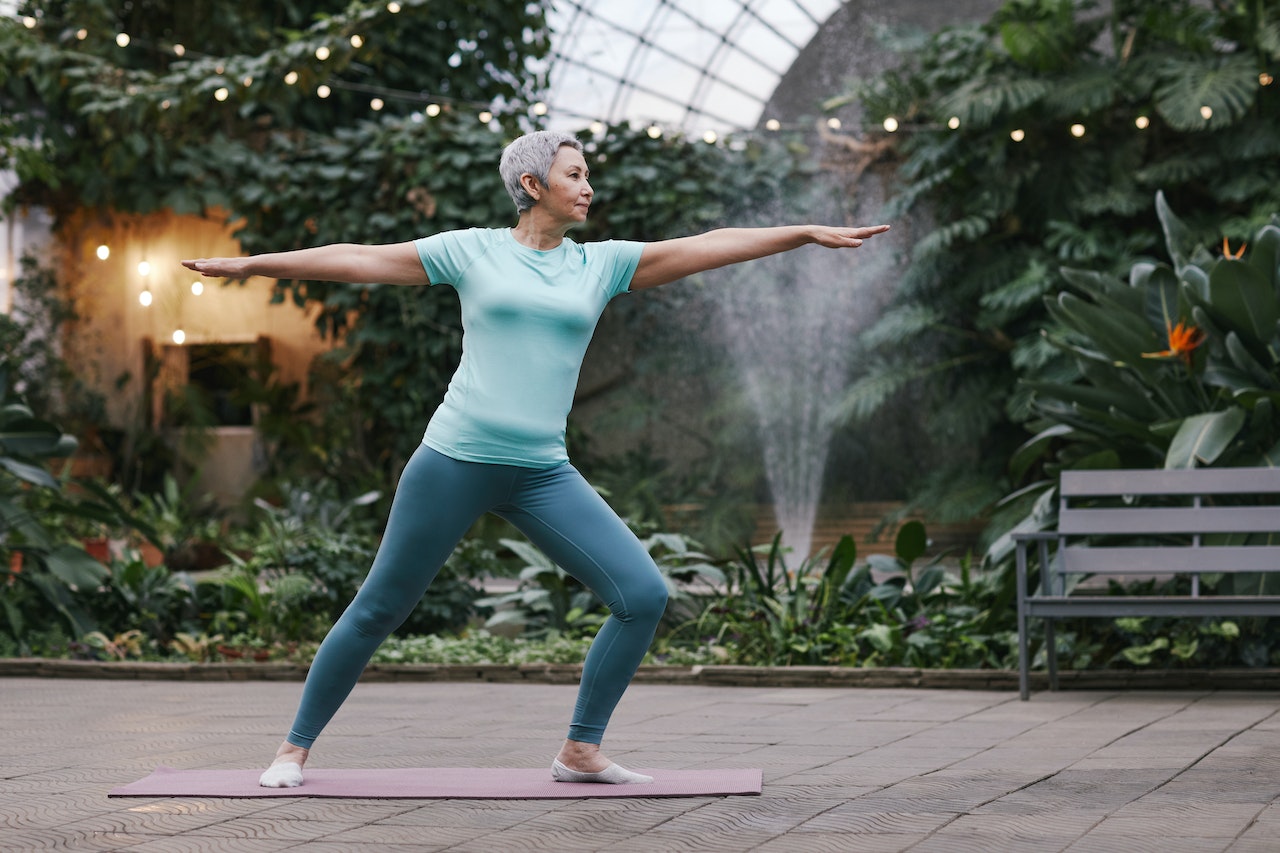Meditation, an ancient practice that knows no cultural bounds, has remarkably endured through centuries, continually proving its profound impact on human well-being across mental, emotional, and physical domains. What makes meditation universally appealing is its profound adaptability, offering an array of techniques that can be tailored to meet each practitioner’s distinct needs and inclinations. The true essence of meditation is creating an inner sanctuary of peace amidst external chaos, equipping individuals with resilient strategies to manage stress wholesomely.
Diving into the realm of meditation, we encounter various techniques, each with unique pathways to serenity and self-understanding:
Mindfulness Meditation: This approach invites practitioners to root themselves in the ‘now,’ observing the ebb and flow of thoughts, emotions, and bodily sensations with a gentle, non-judgmental curiosity. This heightened state of awareness nurtures a deep-seated emotional balance and self-insight.
Transcendental Meditation (TM): Distinct in its use of personalized mantras—specific words or phrases silently recited—TM guides individuals towards profound relaxation and a tranquil state of mind, peeling away layers of stress and anxiety.
Loving-kindness Meditation (Metta): Metta is a heart-centric meditation practice that focuses on nurturing compassion and unconditional love, starting from oneself and extending outward to others, including those we may struggle with. This technique fosters a sense of connectedness and emotional healing.
Zen Meditation (Zazen): Rooted in Buddhist philosophy, Zazen is traditionally practiced seated, with a strong emphasis on maintaining a rhythmic breath, coupled with mindful observation of emerging thoughts and sensations, fostering deep tranquility devoid of attachment.
Guided Meditation: This technique leverages the guidance of a skilled instructor or pre-recorded audio, steering practitioners through vivid meditation experiences. It’s designed to facilitate various objectives, from deep relaxation to personal growth, as a gateway to the inner self.
Sound Healing Meditation: Here, the therapeutic power of sound frequencies is harnessed using instruments like gongs, singing bowls, or human voices for chanting. These resonant vibrations help usher practitioners into meditative states while also working to promote holistic healing and relaxation.
The journey through these multifaceted meditation practices presents a valuable opportunity to find the technique that truly speaks to you. Whether you’re on a quest for stress alleviation, sharper concentration, spiritual enlightenment, or emotional recuperation, there exists a meditation style attuned to your personal journey. The key to reaping the full benefits of meditation lies in regular, dedicated practice, coupled with an openness of heart and mind, allowing the restorative energy of meditation to infuse and enrich every aspect of life.
Dr. Barbara R. Edwards, an internist at Princeton, is affiliated with Penn Medicine Princeton Health, where she renders her expertise at the Penn Medicine Princeton Medical Center. In addition to her clinical responsibilities, she holds a pivotal educational role as the Academic Director of the Ambulatory Residency Program at Penn Medicine Princeton Health.






